Any Hour Can Be Your Golden Hour: Lomogon Art Lens VS Lomo LC-A MINITAR-1 Art Lens
2 Share TweetWe have tested two lenses that are a staples amongst the Lomography Art Lens family, the Lomogon 2.5/32 Art Lens and the Lomo LC-A MINITAR-1 Art Lens 2.8/32. comparing them side by side, we made a list of the similarities and differences that characterize each of these lenses.
We decided that in light of Lomography Golden Rule #2: Use it any time – day and night, we would shoot these two lenses around some clubs and music venues to not only see their behavior in low light conditions but to also capture as wide a scene as possible, and take advantage of the 32mm focal lens.
With both lenses, the signature Lomographic style will be your ticket to success. What sets them apart from other lenses on the market is their ability to deliver their own characteristics in terms of style, distortion, vignetting, and vivid color saturation. Now, let's see what each of them was able to produce.
Lomo LC-A MINITAR 2.8/32
Starting with the Lomo LC-A MINITAR-1 Art Lens 2.8/32, we mounted this little lens on a mirrorless camera and hit the town. We can not stress enough how the light weight of this lens can be a game changer. Wearing it around the neck is comfortable and it's so compact that it practically disappears.
No one was wary of us taking pictures, which is the ideal situation for a photographer searching for oblivious subjects that will make great pictures. When the people surrounding you are comfortable, and don't feel hunted by a camera, it is the ideal setting to document the night life, and this lens is the proverbial "fly on the wall" – a special tool for any photographer.
Certainly, this lens will require you to exercise your focusing skills. Digital cameras offer a magnifier tool to help you get the focus right where you need it. However, in the middle of the dance floor with fast moving people, sometimes focusing without missing is not easy. Practice makes perfect.
Shooting in low light means that you will most likely use a wide aperture to avoid pushing the ISO too high. That's where the lens distortion adds character to the photos, and thanks to the warped corners help to convey the mood, and add layers of additional elements to tell the story.
Lomogon 2.5/32
Both these lenses share the same focal length. While the Minitar has a strong aberration in the corners, the Lomogon 2.5/32 Art Lens is a clean and classic lens even at f2.8, allowing as much light as possible with no aberration in the corners. The saturated colors from the multi-coated lens enhance the night vibes with vivid colors that take you straight back to the fun times you had with your friends.
The lens is still compact compared to others on the market, however not as light as the Minitar. The bayonet aperture keeps you on your toes. While the switching is easy to handle when you want to be fast, with practice and time you'll be familiar enough to switch in the right direction at the first attempt.
Both of these lenses have something unique to offer for every kind of photographer out there. Once you have decided on what you want to shoot, picking the right tool to help you bring your vision to life is easy. Both these lenses will not let you down and will be a faithful companion from dusk until dawn. Any hour will be your golden hour.
Which is your favorite 32mm lens? Minitar or Lomogon? Comment below.
written by eparrino on 2023-12-10 #gear #bars #wide-angle-lens #night-life #low-light #lc-a-minitar #lomogon-2-5-32-art-lens #comparison-article #golden-rule-n-2











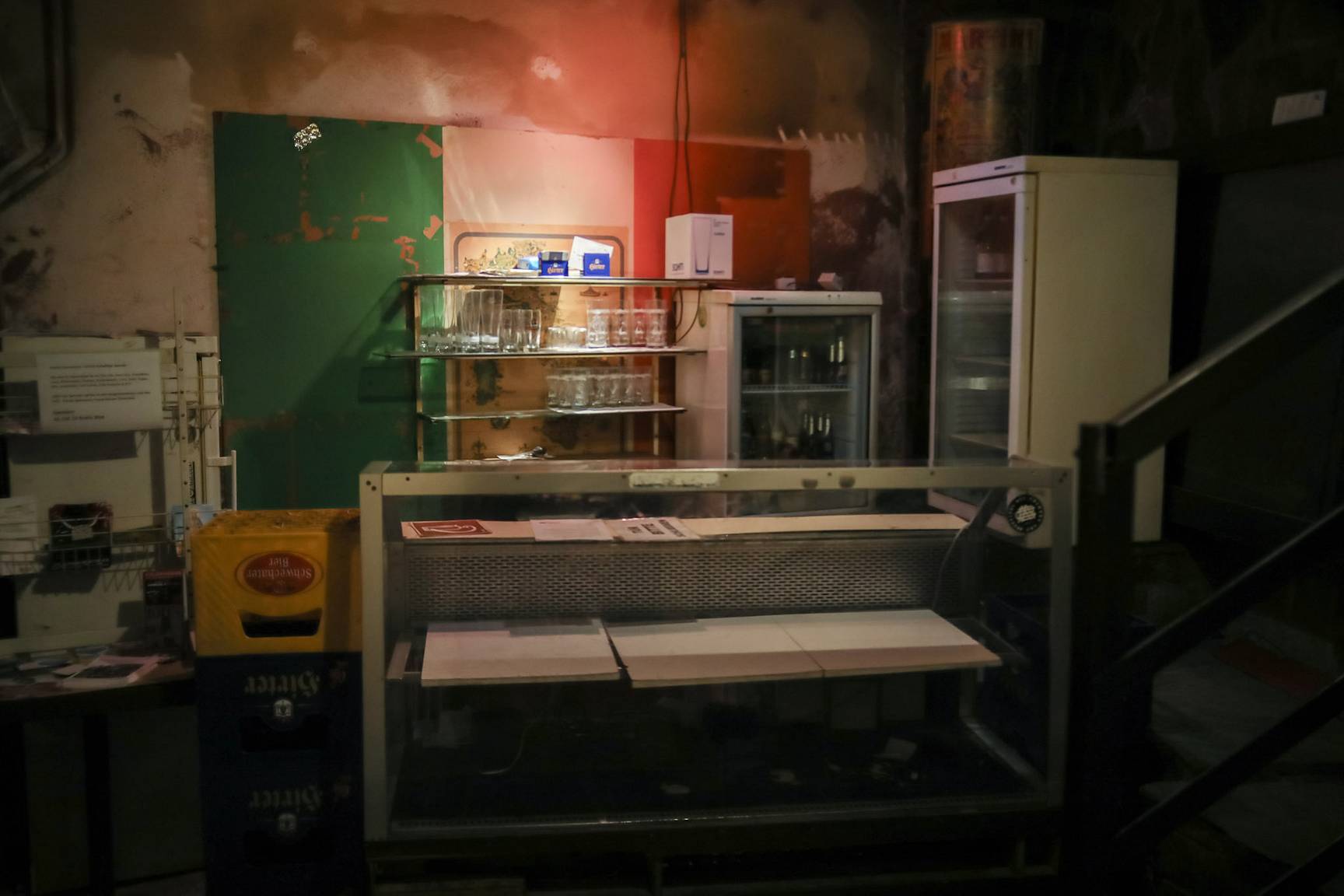
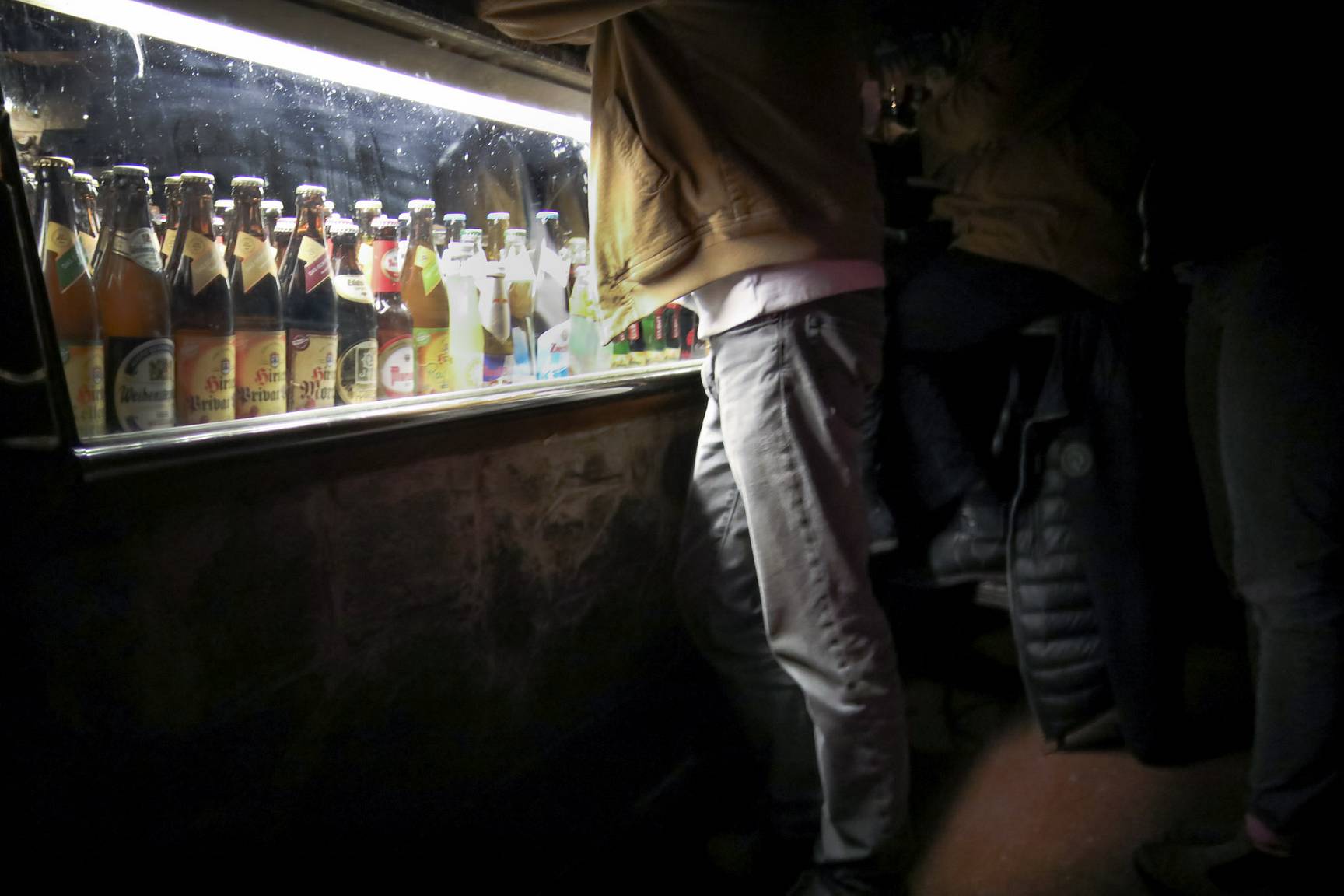


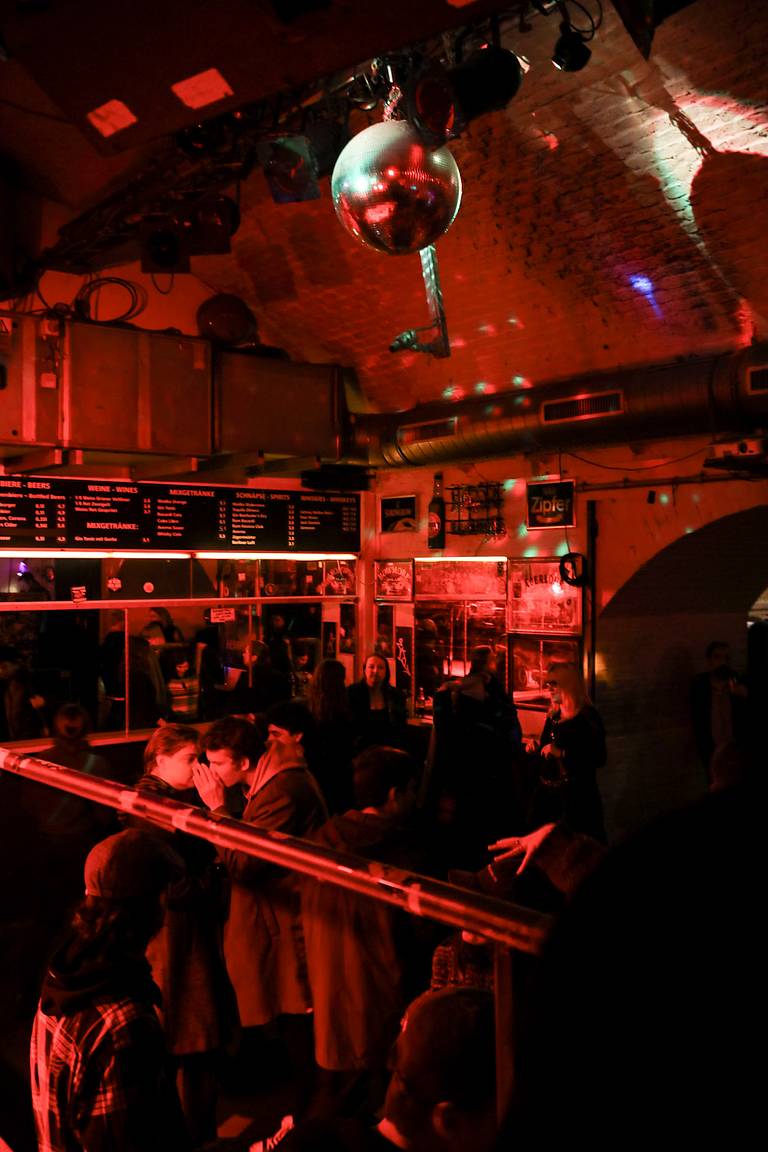





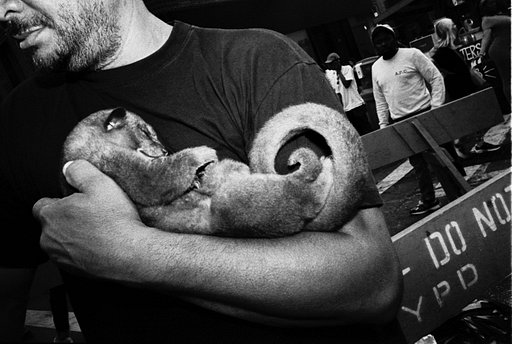

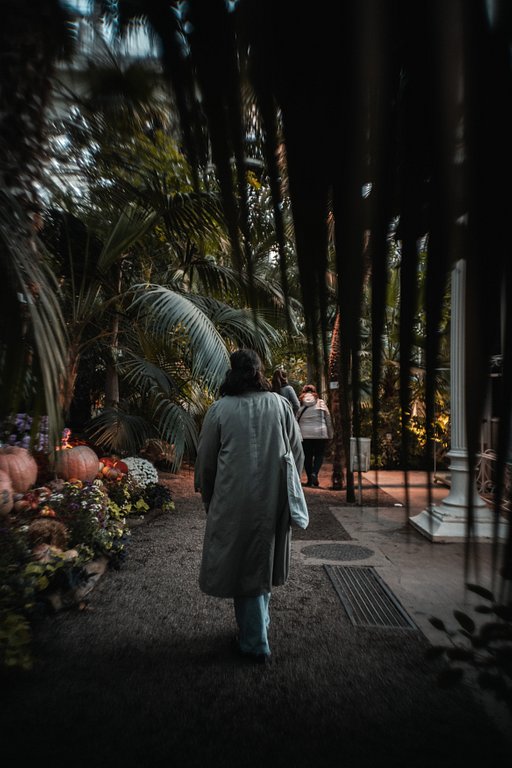













No Comments